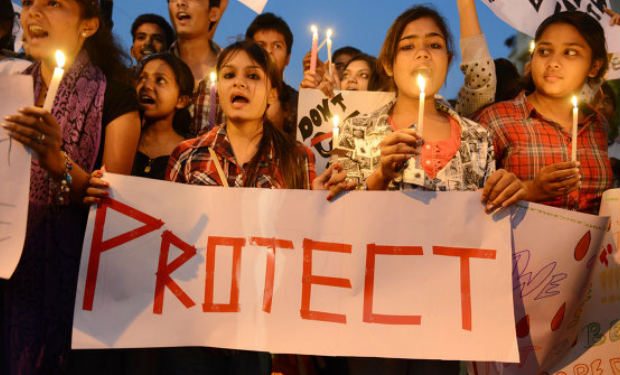Manoj Das
Safety is a highly subjective condition. What might appear safe to someone, might not be perceived as safe by someone else. Nonetheless, every sentient being on this planet craves safety. Public safety as a construct in modern day India needs to be examined today, particularly against the backdrop of the latest crime that has jolted the conscience of the nation — the rape, murder and burning of the body of a veterinarian in Telangana.
It is a grating reminder that such acts of extreme violence against women are not isolated cases of degeneracy but a reflection of a society unwilling to revisit its public safety contract. A Thomson Reuters Foundation Survey put India on the top of the pile of the most dangerous countries for women. The government followed suit by putting out data which indicates that four rapes are ‘reported’ every hour in India. The data also showed an 83 per cent spike in crimes against women during 2007 to 2016.
Gruesome crimes such as the Telangana rape-murder act not only as barometers of law and order but also as pointers to an entrenched culture of male privilege, impunity and public apathy. India has for far too long failed to provide her citizens with access to basic public service infrastructure such as a trustworthy emergency response apparatus. No wonder, therefore, that the veterinarian did not think it fit to call the police helpline even upon finding a tyre of her scooter deflated. The public outrage that has followed is understandable. The problem though is that we keep treating the symptom and not the cause.
Child abuse in schools across India also keeps rearing its ugly head at an alarming frequency. It feels eerily similar to the journey and narrative of women’s safety in India. Both sections are treated by the male-dominated society as extremely vulnerable and thus in need of their protection. And yet the same society has not only failed to protect them but also preyed upon their vulnerabilities. A study by the National Commission for Protection of child rights (NCPCR) in 2017 concluded that about 53 per cent of kids surveyed reported to have faced some form of sexual abuse. The gravity of the situation cannot be missed.
The ever-climbing graph of violent crime against senior citizens, the umpteen cases of abuse at the hands of either family or members of the public and the society’s apathy in general for these ‘past sell by date commodities’ is another shameful human development statistic and a leading indicator of the health of our society. There are striking similarities between the manner in which society sermons loftily about women, children and senior citizens and the diametrically opposite manner in which it acts. There is policy paralysis at the government level and moral paralysis at the societal level on ensuring a life of dignity for our senior citizens in the twilight years of their lives.
The question of safety also extends to our means of transport. Recently it was reported that pilots of Indigo Airlines were setting up the Airbus A320 Neo engines for catastrophic failure by revving the engine thrust to maximum at take-off to save fuel. It is a glaring example of how passenger safety is compromised for corporate profit. An aviation safety audit conducted by the United Nations’ International Civil Aviation Organisation (ICAO) placed India’s air safety oversight score less than that of her South Asian neighbours such as Myanmar, Bangladesh, Maldives, Pakistan, Sri Lanka, Nepal and even North Korea in the Asia-Pacific region.
Road safety has been a topic of debate for long; but precious little has changed on ground. The global status report on road safety 2013, published by the WHO estimated that in excess of 2,31,000 people are killed in road accidents in India annually.
The Railways has statistically seen a decline in accidents over the last few years; but accidents do haunt the mammoth transporter. Public safety in India is flatlining. It needs a societal defibrillator for revival.
The writer is a career management consultant turned entrepreneur. He writes on sports, politics, public policy, movies and religion.






































